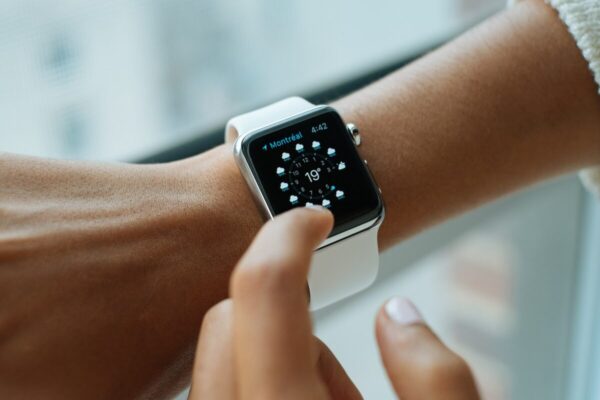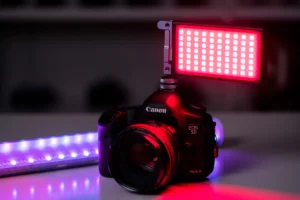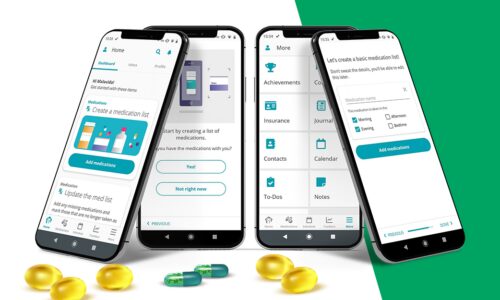Technology today creates not only “wearable” products, but also “usable” products. Smartwatches are one of the best examples of this: these products, which resemble a tiny computers, can even allow you to browse websites. That means all the sites you’re used to and love will also work – for some, browsing india-bonusesfinder.com to keep up with gaming industry updates and check out the latest promotions, and for others, browsing any recipe site you want. And it turns out that almost anything you can do with your smartphone, you can do with your smartwatch.
“Smartwatches are exciting technology,” says Tony Sloterman. “You can use them not only for fitness tracking, but also for browsing websites, communicating, and receiving push notifications. Every industry, including iGaming, has a use case.” If you want to use a smartwatch but don’t know where to start, this article is for you.
Pick an Operating System First
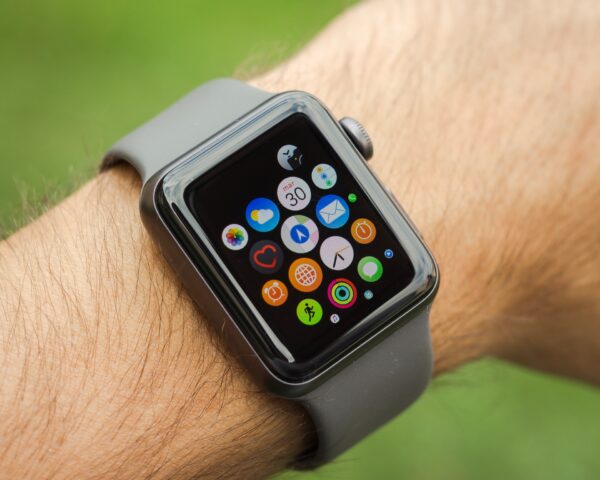
All smartwatches on the market are designed for use with a smartphone. Theoretically, you could use them without a phone, but that would require giving up many of their features. These are products designed to be “companions” to smartwatches, so you must first choose the operating system: iOS or Android.
Watches produced for iOS (iPhone) have an operating system called “WatchOS” and are simply known as the “Apple Watch Series”. There are many models in this series and the features of the watches differ according to the model, but the overall design is always the same. If you have an iOS device, you should choose one of the Apple Watch models. If it’s your first time buying and you don’t have a budget problem, it’s a good idea to wait for Series 8: it’s expected to be released by the end of 2024. But Series 6 and 7 are still good options as well.
On the Android side, things are a little more complicated. Android is an operating system used in different smartphones manufactured by different companies, so there is no specific standard like iOS. For the same reason, there are many companies that produce smartwatches for Android phones, and they use different operating systems. The most common of these is Tizen (WearOS) used by Samsung. Watches of Huawei and other Asian-based companies generally use the Android Wear operating system.
If you are confused, you can simply opt for smartwatches manufactured by your phone brand. So, for example, if you own a Samsung phone, get a Samsung smartwatch. You can, of course, use other products as well, but it’s always a better idea to have the same phone and watch manufacturer avoid compatibility or connectivity issues.
Android smartwatches can also be quite different in terms of design. Generally, the traditional watch design with a round dial is preferred, but it is possible to find smart “wristbands” in the market. (There is no such option on the iOS side.) Smart wristbands and smart watches actually do exactly the same things. However, wristbands are less practical due to their vertical screen design and are more suitable for fitness purposes. In other words, if you can’t decide between a bracelet and a watch, see what your intended use will be. If you’re only going to use this device for fitness (and if you like the design), you can get a more affordable wristband. For general purpose use, smartwatches will be more suitable.
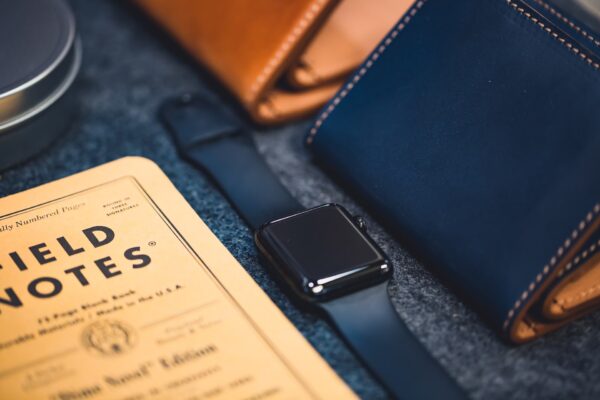
Also, consider price differences
If you have a limited budget, Android-based smartwatches may be a better option. For models on the iOS platform, prices vary only between series and are generally high. For example, at the time of this article, Apple Watch Series 7 prices started at $399. On the Android platform, it is possible to find different and generally lower prices between different brands. For example, while we were preparing this article, Samsung Galaxy Watch 4 prices started at $199. Price isn’t the only factor to consider, of course, but for some users, it may be the most important factor.
Do you need apps?
When you buy a smartwatch, the essential apps you will use will already be installed. In this respect, they are like smartphones: depending on your intended use, you can use them without installing any additional applications. But it is a better idea to use specially developed apps to get more features.
For example, every smartwatch on the market right now has a default app for fitness and this app will suffice for basic use. However, you can install a separate app for advanced features such as using personal workouts and tracking your exercise history via GPS. Just like phones, smartwatches have app stores: you can access them directly from the watch (or through an app on your paired phone). In this context, we recommend that you take a look at navigation apps and utility tools in addition to fitness apps. A navigation app makes it much easier to follow your route using your watch – for example, when you need to turn, you’ll get a vibrating alert, and you’ll see the direction of the turn on the watch screen. Utility tools can be used for many different purposes. For example, you can use an app that will allow you to manage your phone camera from your watch. You have many options: you can easily customize your smartwatch.
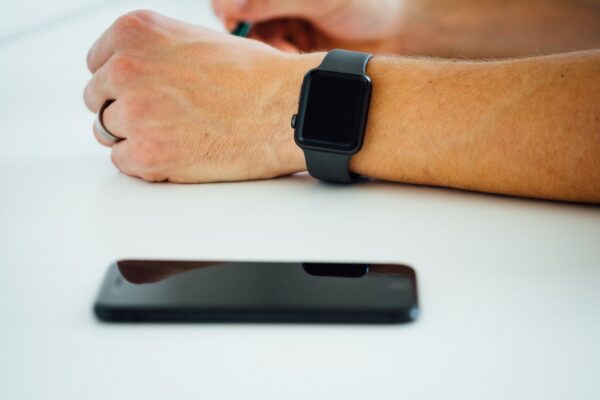
What can you expect from a smartwatch?
Whichever operating system you prefer, smartwatches are devices that focus heavily on fitness use. Since they have many sensors that monitor your heart rate and movements, they can provide you with detailed statistics on many fitness practices, from simple exercises to heavy workouts. They can even create a workout program for you and track it.
But don’t think that smartwatches are only made for fitness. With these devices, you can also:
- You can make and answer calls without using your phone.
- You can view all notifications (for example, SMS and calls) received on your phone on the watch screen.
- Most watch models even have a tiny keyboard: you can write and send messages using it (or using your voice).
- In an emergency (for example, if you fall and get injured), you can have your watch automatically send an SOS message with location information.
In other words, you will be able to do almost everything you can do on your smartphone with smartwatches. When you buy one of these products, you can be sure that you will take your phone out of your pocket less.

